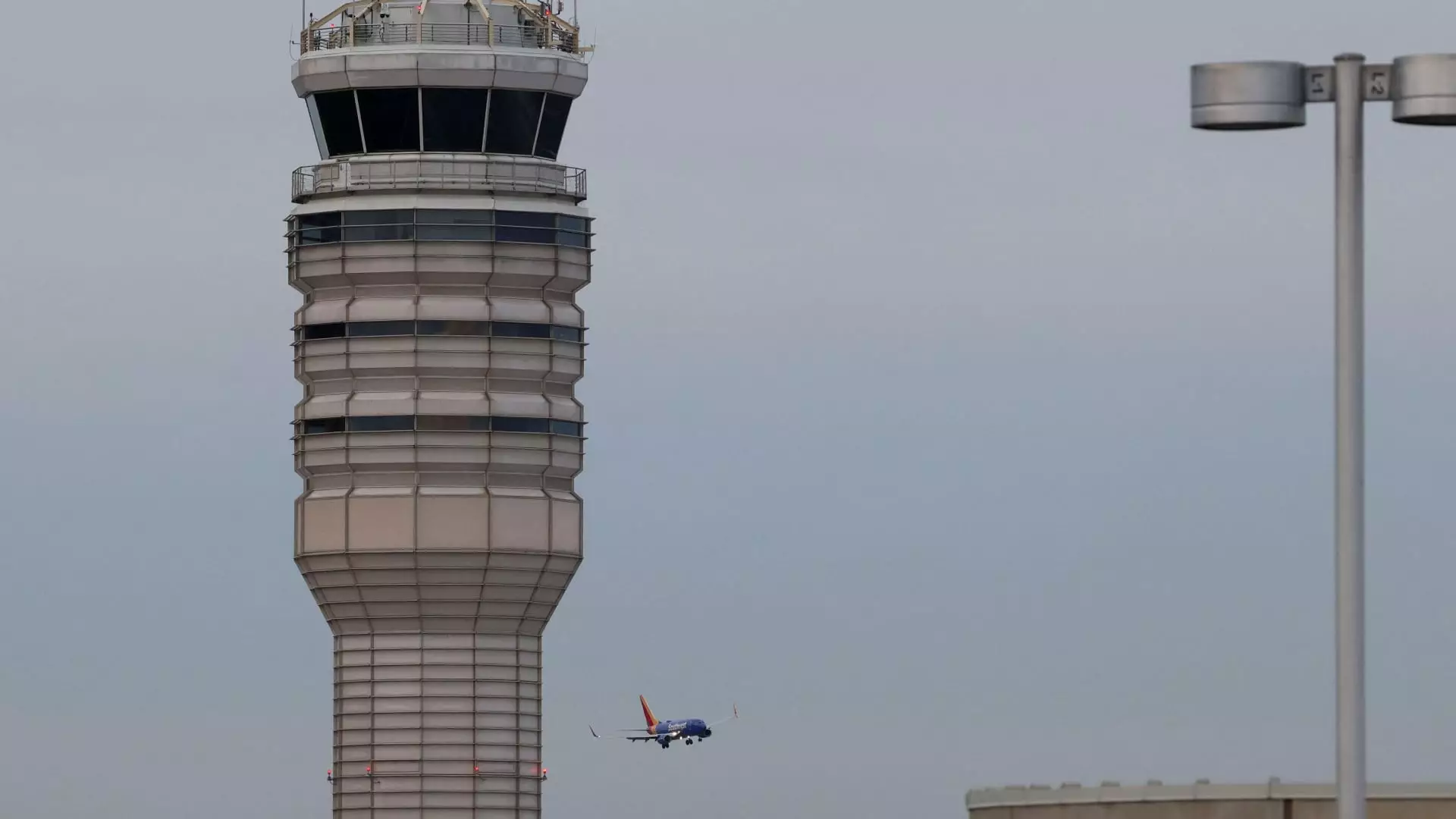In a significant response to a fatal aviation incident, the Federal Aviation Administration (FAA) has announced new restrictions on helicopter traffic in proximity to Ronald Reagan Washington National Airport (DCA). The announcement follows a tragic crash involving an Army Black Hawk helicopter and an American Airlines jetliner, underscoring the critical need for enhanced safety protocols in the crowded airspace above the nation’s capital. Transportation Secretary Sean Duffy articulated the urgency of the decision, emphasizing the importance of restoring public trust in the aviation system, which has come under scrutiny following this incident.
The fateful collision took place as American Eagle Flight 5342 was on its final approach to Reagan Airport and mere seconds from landing. Tragically, the aircraft collided with the Army helicopter, resulting in the loss of all 67 individuals aboard both vehicles, a devastating blow to aviation safety record. The incident marks a grim milestone, being the first commercial airline crash involving fatalities in the U.S. since 2005 and the deadliest since the September 11 attacks. The stark realities of air travel safety are highlighted by the statement from American Airlines CEO Robert Isom, who questioned the circumstances that led the military helicopter into the commercial flight’s path.
The FAA’s new restrictions will delineate a specified area for helicopter operations, effectively establishing boundaries where they can safely operate without interfering with traffic arriving and departing from Reagan Airport. According to Secretary Duffy, this restricted zone will encompass key geographic landmarks, providing a structured layout aimed at mitigating risks associated with overlapping flight paths. National Transportation Safety Board (NTSB) member Todd Inman pointed out that Washington has established protocols governing helicopter routes, noting that the affected Black Hawk was in the process of transitioning between designated tracks when the unfortunate collision occurred.
As investigations continue, multiple aspects of both aircraft operations are under examination. Factors such as altitude, air traffic control communications, and operational staffing protocols are crucial in understanding the events that led to this tragedy. With the American Airlines jet operating at approximately 300 feet during its final descent, the circumstances leading to the helicopter’s entry into its flight path will be critically assessed to identify any lapses in safety protocols or communication breakdowns.
In light of this catastrophe, it is imperative for aviation authorities and stakeholders to recognize the urgent need for stringent safety measures. The FAA’s proactive approach in restricting helicopter flights around DCA represents a concerted effort to bolster aviation safety and ensure that such devastating incidents do not recur. As Secretary Duffy emphasized, the American public deserves comprehensive assurance regarding the safety of their aerial travel. Moving forward, this tragic event serves as a stark reminder of the importance of vigilance in air traffic management and the ongoing commitment to preserving safety in the skies.

